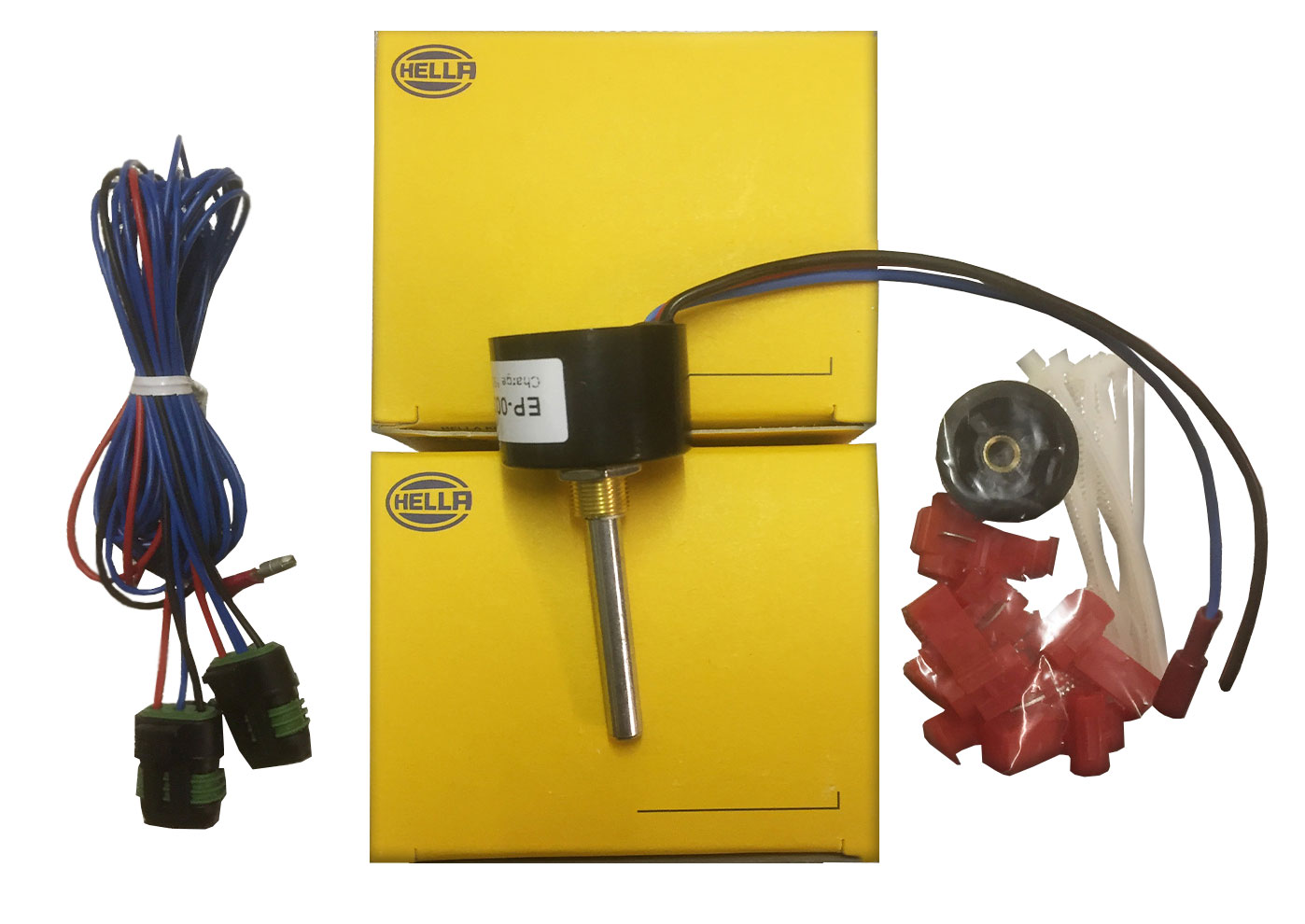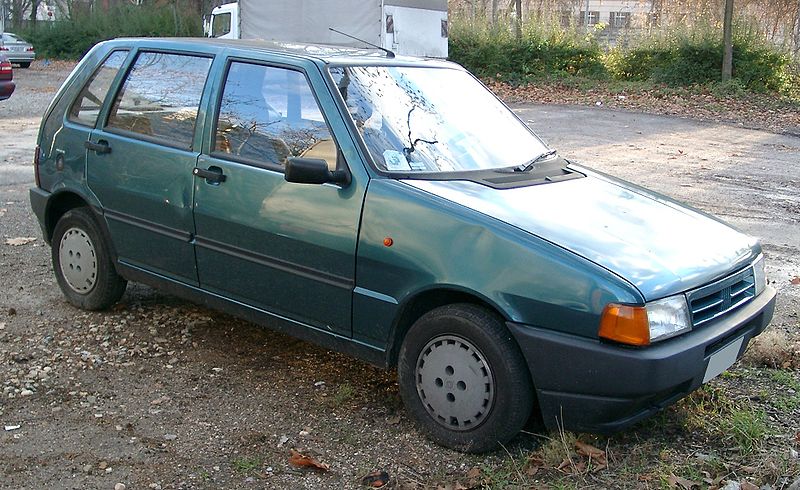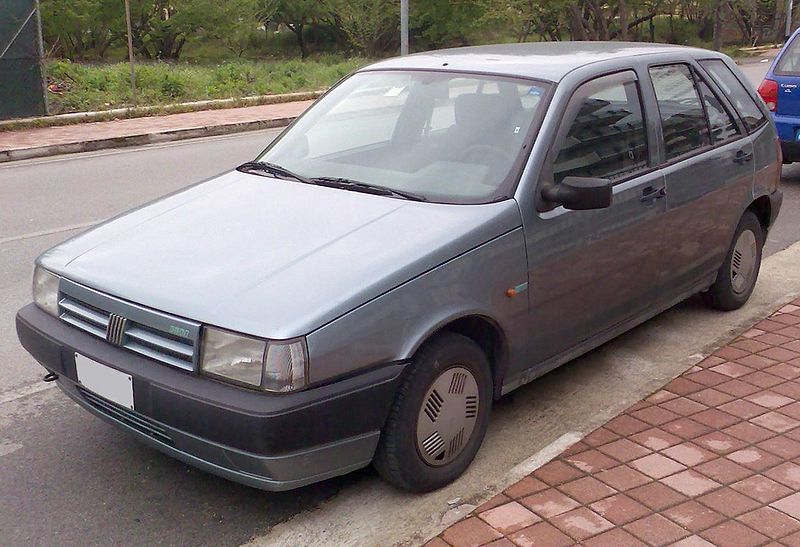Description
Fiorino II (type 147)
The second generation corresponded in style to the Fiat Uno, but there were three sub-series that differed greatly in terms of technology:
The first sub-series (1988-1991) optically adopted the front section (up to the B-pillar) from the Uno Mk1, as did the interior. The technology under the sheet, on the other hand, had hardly changed to the first generation Fiorino. The technical basis was the Brazilian model of the Uno (Uno CS), which is based on the FIAT 127. Whole elementary assemblies such as chassis and drive components were still taken over directly from the predecessor. The suspension strut domes, the suspension struts, the entire front axle and the rear axle, which was basically made up of a large transverse leaf spring assembly, were equipped in accordance with model 147.
The second sub-series (1992-1994) was only a short intermediate series and also adopted the old technology. A purely external facelift was carried out on the sheet, which was stylistically based on the Uno Mk2. Headlights, fenders, bonnet, grill and the like were only found on the Fiorino in Europe and are not identical to the European Uno. These parts came from a corresponding UN, which was only built in this form in Brazil (where the Fiorinos also rolled off the assembly line). The interior retained the look of the Uno Mk1.
The second generation corresponded in style to the Fiat Uno, but there were three sub-series that differed greatly in terms of technology:
The first sub-series (1988-1991) optically adopted the front section (up to the B-pillar) from the Uno Mk1, as did the interior. The technology under the sheet, on the other hand, had hardly changed to the first generation Fiorino. The technical basis was the Brazilian model of the Uno (Uno CS), which is based on the FIAT 127. Whole elementary assemblies such as chassis and drive components were still taken over directly from the predecessor. The suspension strut domes, the suspension struts, the entire front axle and the rear axle, which was basically made up of a large transverse leaf spring assembly, were equipped in accordance with model 147.
The second sub-series (1992-1994) was only a short intermediate series and also adopted the old technology. A purely external facelift was carried out on the sheet, which was stylistically based on the Uno Mk2. Headlights, fenders, bonnet, grill and the like were only found on the Fiorino in Europe and are not identical to the European Uno. These parts came from a corresponding UN, which was only built in this form in Brazil (where the Fiorinos also rolled off the assembly line). The interior retained the look of the Uno Mk1.
New conversion kit C.HEL.24N.RSMLSTD
Ready-made electrical LWR conversion kit as a replacement for the hydraulic headlight range control, consisting of:
- 2 new servomotors
- 1 new round LWR switch for the interior
- very detailed illustrated installation instructions
- Various installation materials
- 1 cable set (new and suitably assembled)
- Somewhere on the back of the headlamp there should be a knob that can be used to manually adjust the headlamp beam by turning it. If you remove this knob, an LWR servomotor should be used in the same place instead so that the control can then be carried out electrically. After removing the manual adjustment, the “installation hole” should look like the last picture with the 3 recesses arranged in a circle.
- It should also be noted that the function of the ultrasonic sensor is only guaranteed in the range from 22 cm to 100 cm, so the vehicle should be within this range with its ground clearance.
- 1 electronic control (interface)
- 1 ultrasonic sensor
- 2 Hella servomotors
- Illustrated detailed installation instructions
- Ready-made cable set with assembled
- confusion-proof plugs
From that:
- 5m supply line to the ultrasonic sensor
- 2.5 m supply cable for driver side driver
- 2.1 m power cable from driver’s side to passenger’s side
- 0.2 m power connection (ground and 12 volts)







